
Custom VR development for Omni
Omni is a US-based startup delivering equipment for active VR sports and games.
- Duration 2018 – ongoing
- Team 7 members
- Type VR software and hardware
- Industry VR
- Platforms Gaming, esports, entertainment
Project idea
Initially, the client developed VR treadmills and delivered them to the market successfully. He wanted to provide a playroom for collective VR experiences. For it, he planned to combine 4 VR treadmills within a self-contained, easy-to-maintain VR booth.
Target audience
Omni Arena targets a wide audience of VR enthusiasts making it a profitable business idea. Omni Arenas generate a big part of revenue from repeat plays. They become an anchor attraction in a venue driving traffic of engaged customers.
Results
Omni Arena is a complete, turnkey solution. It can be installed fast and requires minimum attention from a business owner. Due to its size, it takes little space in a venue thus, saving rent costs. Still, it attracts much attention. Many visitors come to a venue specifically to play Omni Arena.
Omni Arena is a complete, turnkey solution. It can be installed fast and requires minimum attention from a business owner. Due to its size, it takes little space in a venue thus, saving rent costs. Still, it attracts much attention. Many visitors come to a venue specifically to play Omni Arena.
Core Tech
-
AngularJS
-
Unreal Engine
-
.NET 5
-
.NET Core 2.1
Project challenges
-
The team faces the task of building a complex, multi-component system. All system components must be in sync with minimum to no delay. For instance, when the system plays sounded video instructions, it must display them on all screens simultaneously. Users hear distinctively misalignment even in 20 ms.Low latency and immediate reaction to commands is critical. Minimum idle time is required after a system component restarts. The system must keep working even in case of absence or partial inoperability of equipment.The team works with a legacy system integrating new functionality into it. The team improves the legacy system where possible. For instance, the team replaced a large system component responsible for synchronization of gaming programs and their further launch decreasing the number of failures.
-
Implementation of new functionality prepares for challenges due to limited access to equipment. It is problematic to deliver an Omni Arena overseas due to its size. The client brought one Omni Arena to Kharkiv R&D center and sent another system to Berlin HQ. The team also develops features using a remote system that is installed in the client’s office.Still, it is difficult to test the product completely because developers work intensively with the hardware part. Partially, the team uses system emulators for minimum testing.Disadvantage of the approach the previous team applied for the project is that the system became unstable in many venues that lacked stable Internet connection. IT Craft developers improved it.
Planning
Input
The client initially:
- had single treadmills and software for their management
- had a vision of what equipment he wanted to use for Arena
- wanted a system that required minimum support effort on the customer’s side
Analysis
Our team:
- successfully integrated new functionality into an existing system
- reworked partially legacy source code, decreasing the number of failed sessions several times
- adjusted custom controllers and implemented decoupling to make free movements inside Omni Arena possible
Result
Our work resulted in:
- timely delivery of the new system
- stable performance of the software
- fine-tuned software and hardware with high response and synchronization
Business benefits
Workflow automation
Elaborated design optimizes workload. Users enjoy minimum waiting time. One attendant is enough to handle an Omni Arena.
Unrivaled experiences
Omni Arena provides unique VR experiences where users can walk and run freely. They act as a team.
Developer portal
Omni SDK is available to help VR developers adapt their software to Omni Arena.
Extra safety
Design of VR tread mills and special shoes eliminate user injuries while they are actively playing.
Main project
features
Complex, highly integrated system
Omni Arena contains all and any elements needed to take VR activities to the next level:
- Improved Omni 2.0 motion platforms
- VR helmets and custom controllers
- Special shoes / shoe covers and harnesses for free motion
- Touchscreens for information input
- TV screens for game replay and information display
- Staging area for faster setup
- Fans for cooling area inside booths
and more-everything needed to create a perfect experience.

Omniverse
VR games are available through a special library. Players can choose games based on genre and complexity. Thanks to the availability of Omni SDK, VR developers can adjust their products fast making them compatible with Omni Arena’s hardware.
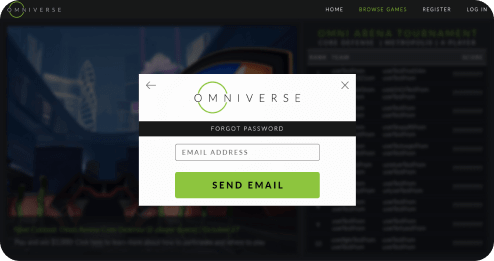
Payment integration
The team also delivered the payment system. Players deposit money on a special card. The money is converted to credit points for Omni Arena which players then use to pay for a gaming session. Integration with the venue’s payment system is also possible, freeing players from carrying another card.
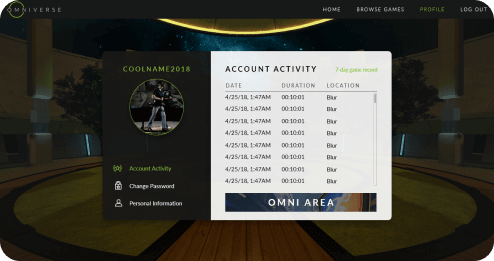
Contests and competitions
Omni Arena provides functionality for running contests. Omni Arena sites organize local competitions with minimum effort. Those can target both cyber athletes and casual users. Moreover, players compete in weekly and monthly nationwide contests automatically. This engages users. Repeat plays make a third of all visits.
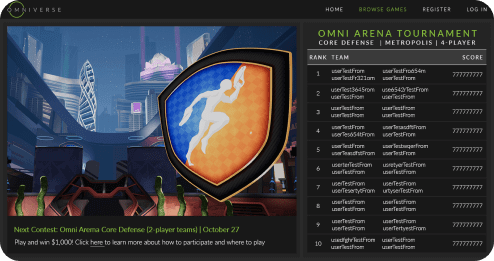
Straightforward flow
User flow is swift, transparent, and automated where possible. It looks as following:
- Players arrive at the venue and register in an e-queue. Before registering, players must pay a certain amount of “credits” from their virtual playcard. Integration with the venue’s payment system is possible.
- When players’ turn is approaching, they enter the waiting room. Players fill in profiles. They type in body parameters such as shoe size, height, waist size, etc.
- When the staging area is free, the attendant adjusts hardware to players’ body parameters and invites players to step inside. The system instructs players automatically on how to use devices during a gaming session. When instructions are over and players are in the right position for gaming, the attendant starts the session.
- After the gaming session ends, players can watch a short replay and images from inside of the Arena during the session. Players can receive a link on video and images. They can share them on social networks.
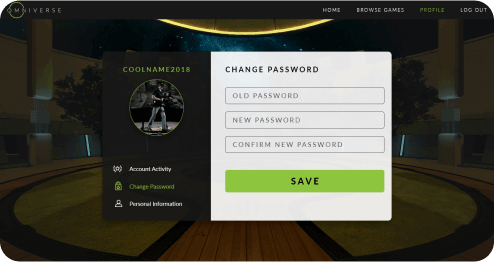
We can help.
Are you looking for the best implementation path? Contact us to discuss your needs and requirements.
Project timeline
-
first release
2018 – 2019
-
second release
2020 – 2022
Technologies
Backend technologies stack
-
.NET 5
-
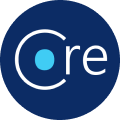
.NET Core 2.1
-

Unreal Engine
Frontend technologies stack
-
Angular 7+
-
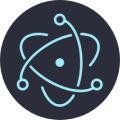
Electron
-
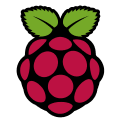
Raspberry PI
Infrastructure
-
Docker
-

Docker Swarm
-
GitLab
-
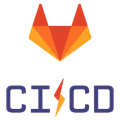
GitLab CI
-

Mosquitto
-

Minio
-
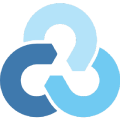
Minio
-

LiteDB